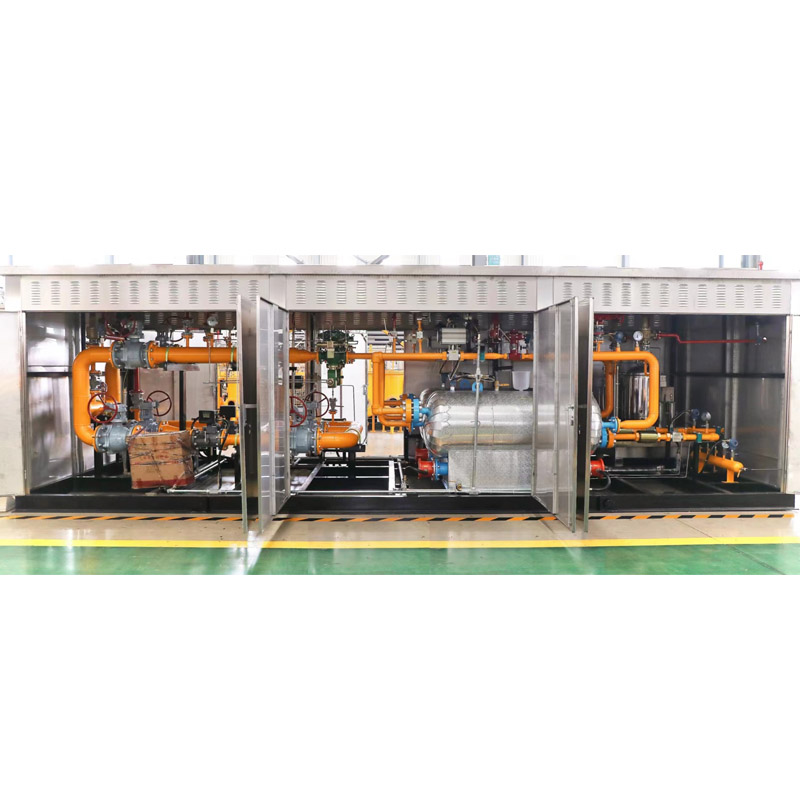
8 月 . 13, 2024 15:03
Back to list
Understanding Gas Pressure Regulation Systems and Their Importance in Industrial Applications
Understanding Gas Pressure Regulators
Gas pressure regulators are essential devices used to control the pressure of gases in various applications, from industrial processes to residential heating systems. These mechanisms play a crucial role in ensuring safety, efficiency, and optimal performance of gas-operated equipment.
What is a Gas Pressure Regulator?
A gas pressure regulator is a mechanical device that reduces the inlet pressure of gas to a lower, more manageable outlet pressure. It provides a consistent pressure supply regardless of fluctuations in the upstream source or downstream demand. Regulators are crucial in scenarios where a stable gas supply is necessary, such as in combustion systems, gas distribution networks, and laboratory applications.
How Do Gas Pressure Regulators Work?
The operation of a gas pressure regulator is based on a simple mechanical principle. Gas enters the regulator at a high pressure through an inlet, passing into a chamber where a diaphragm or other sensing element controls the outlet pressure. When the pressure in the outlet side drops below a predetermined level, the diaphragm moves, opening a valve that allows more gas to flow in. Conversely, if the outlet pressure exceeds the set limit, the diaphragm moves to close the valve, reducing the flow of gas. This balancing act ensures that the outlet pressure remains stable and within the desired range.
Types of Gas Pressure Regulators
There are several types of gas pressure regulators, each designed for specific applications
.
2. Two-Stage Regulators These provide a more consistent outlet pressure over a wider range of inlet pressures. The first stage reduces the high inlet pressure to an intermediate level, while the second stage further reduces it to the desired outlet pressure. This type is ideal for applications requiring a stable gas flow, such as in welding and gas appliances.
منظم ضغط الغاز

3. Demand Regulators These regulators adjust the flow of gas based on the system's demand. They are often used in systems where gas consumption can vary significantly.
Applications of Gas Pressure Regulators
Gas pressure regulators find applications across various industries, including
- Residential In homes where natural gas is used for heating, cooking, and hot water systems, regulators ensure that the gas is delivered safely and at the right pressure.
- Industrial Many manufacturing processes rely on precise gas pressures for efficiency and safety. Regulators are used in welding, chemical manufacturing, and food processing.
- Medical In healthcare, regulators are crucial for controlling the delivery of medical gases, such as oxygen, ensuring patients receive the appropriate dosage for treatment.
Safety Considerations
The use of gas pressure regulators is vital for safety, preventing potential hazards such as leaks, explosions, and equipment damage. Regular maintenance and inspection of regulators are necessary to ensure they function correctly. Installations should comply with local codes and standards, and users should always follow manufacturer guidelines.
Conclusion
Gas pressure regulators are indispensable components in various systems that utilize gas. By maintaining a stable and safe pressure supply, they enhance efficiency and safety in residential, industrial, and medical applications. Understanding their operation and importance is crucial for anyone working with or relying on gas systems. As technology advances, developments in regulator design promise even greater accuracy and reliability, ensuring a safer future for gas usage across all sectors.
Latest news
-
Unlocking The Quality Gas Pressure ReducersNewsNov.01,2024
-
The Role of Gas Pressure Reducing StationsNewsNov.01,2024
-
The Importance and Functionality of Safety Relief ValvesNewsNov.01,2024
-
The Essential Role of Safety Valves in Natural Gas ApplicationsNewsNov.01,2024
-
The Essential Role of Gas Pressure RegulatorsNewsNov.01,2024
-
Enhance Your Premium Gas FiltersNewsNov.01,2024

